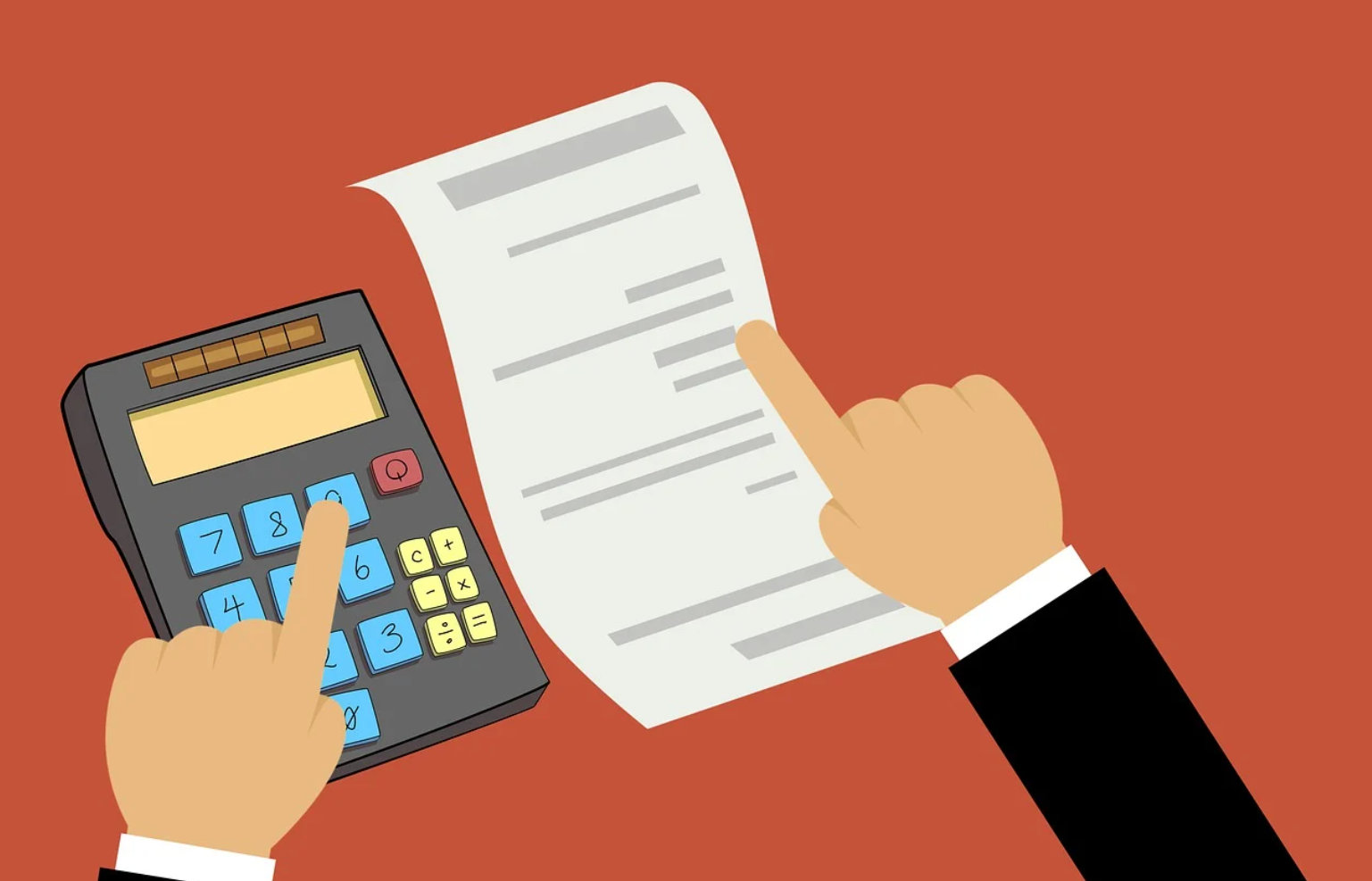Using a free invoice generator can be a total game-changer for freelancers, small business owners, and side hustlers. It saves time, looks professional, and helps you get paid faster. But here’s the thing—just because it’s free and easy doesn’t mean it’s foolproof. A lot of people mess up their invoices without even realizing it, which can delay payments, hurt their image, or create legal confusion. If you’re using a free invoice generator or planning to try one, it’s worth understanding the most common mistakes people make—so you don’t repeat them.
One of the first mistakes people often make is forgetting to double-check the basic information. Sounds obvious, right? But you’d be surprised how many invoices go out with a misspelled company name, incorrect contact details, or even the wrong client name. It only takes a second to review your info, but if you skip this step, it can come off as careless or unprofessional. Clients want to know they’re working with someone who pays attention to details.
See this also: How to Customize Your Templates in a Free Invoice Generator
Another common error is skipping invoice numbers or not using a consistent numbering system. Most free invoice generators automatically assign numbers, but if you’re switching tools or editing old templates, things can get out of order fast. Invoice numbers matter for your records, tax filing, and for tracking payments. Without them, it’s much harder to stay organized or find old invoices when you need them. A simple fix is to stick to a logical sequence and let the tool do the rest.
People also tend to forget the payment terms. This is one of those things that seems minor but can cause huge headaches later. If your invoice doesn’t clearly say when the payment is due—like “Net 7” or “Due upon receipt”—your client might assume they can pay whenever they feel like it. And if they take their sweet time, there’s not much you can say unless the terms were spelled out. Always include payment terms, even if you’re using a free invoice generator that doesn’t have a default option for it. Just write it in the notes if you have to.
See this also: Stop Wasting Time on Billing — Let an AI Invoice Generator Handle It
Next up is poor formatting or a cluttered layout. Some people overdo it with logos, colors, or extra text. Others leave too much out and end up with a plain-looking invoice that’s hard to read. The key is balance. Most free invoice generators give you a clean layout to start with—don’t mess that up. Keep things simple, clear, and easy to scan. Your client should be able to glance at the invoice and immediately see who it’s from, what it’s for, how much they owe, and how to pay.
Another overlooked mistake is not including a clear breakdown of services or products. Vague descriptions like “Consulting work” or “Project fee” don’t tell the client much. They might question what exactly they’re being billed for, and that can slow down payment. Be specific. Mention dates, hours worked, deliverables, or anything else that clarifies what they’re paying for. It builds trust and reduces back-and-forth emails asking for clarification.
See this also: Why Every Freelancer Needs an AI Invoice Generator in 2025
Then there’s the issue of taxes. Some people either forget to add them, apply the wrong rate, or include them without proper labeling. If you’re supposed to charge tax, make sure it’s clearly listed on the invoice with the right rate and label—like “Sales Tax” or “VAT.” If you’re not charging tax, but the client expects to see it, a quick note saying “No tax applied” can help avoid confusion. A invoice generator often has a field for this, so don’t leave it blank or guess your way through it.
Lastly, a big mistake is not testing the invoice before sending it out. Always preview the invoice before hitting send. Make sure everything looks right on both desktop and mobile. Some free invoice generators also let you download a PDF version—use that to see how it’ll look on the client’s end. You wouldn’t send a half-finished proposal, so don’t send a sloppy invoice. It’s your final impression before the money hits your account.
Invoicing isn’t glamorous, but it’s one of the most important parts of running a business. A well-made invoice can speed up payments, build credibility, and keep things running smoothly. On the flip side, a poorly crafted one can cause delays, confusion, or even damage your relationship with a client. The good news? Most of these mistakes are easy to avoid once you know what to look for. So the next time you use a free invoice generator, take an extra minute to review your work. Your future self—and your bank account—will thank you.








